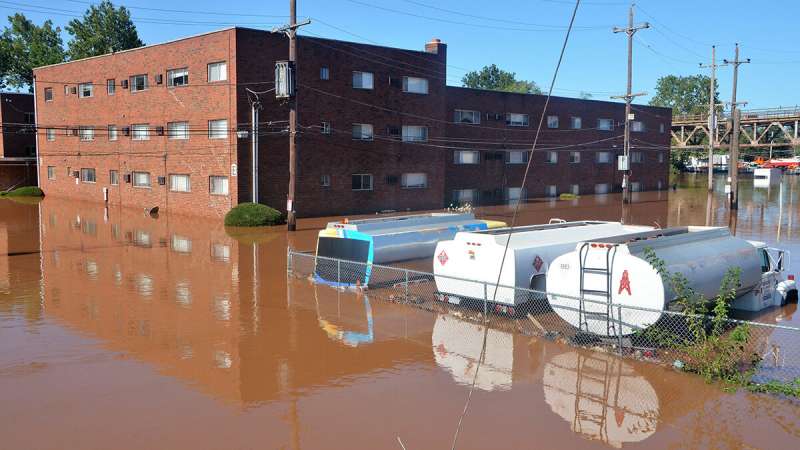ICON principles underused as a natural hazards research tool

Natural hazards have been responsible for hundreds of billions of dollars in economic losses in the 21st century and pose a complex array of risks to human society, infrastructure, and the environment. These hazards—including hurricanes, floods, tornadoes, earthquakes, and plagues—carry a steep human cost as well, claiming more than a million lives over the past two decades.
An increasing number of scientific studies explore how a single disaster might affect a single sector of the economy in a specific place. Natural hazards, however, often have overlapping impacts that are themselves influenced by human systems. For example, a flood in a densely populated area will lead to a greater number of human deaths than one in a more sparsely inhabited area. Alternatively, a society already dealing with violent unrest and food shortages will be poorly equipped to bounce back after a plague. Focusing narrowly on one effect of one event could fail to capture complex feedback loops that can produce particularly costly or deadly situations.
According to Sharma et al., using an integrated, coordinated, open, and networked (ICON) approach would help capture such complexity, reducing the toll of these events. In their new study, the researchers discuss opportunities for and challenges of applying ICON principles to natural hazards risk management strategies.
The researchers identify several opportunities to apply the ICON approach to natural hazards, including expanding coordinated modeling efforts, better communication between scientists and stakeholders, and more interdisciplinary research across relevant disciplines, such as engineering, Earth sciences, and social sciences. They argue that these opportunities to use ICON principles could be improved through more systematic data collection and open-source data sharing.
However, barriers remain—different disciplines' lack of shared vocabulary, for instance. A surfeit of concrete frameworks for fostering interdisciplinary collaborations is another example. In addition, the authors highlight accurate scientific communication of uncertainty and risk to the general public as an area of possible improvement. Working through these challenges to implement a more ICON-based approach could improve understanding and decisionmaking regarding natural hazards management and response, the researchers conclude.
More information: Sanjib Sharma et al, Natural Hazards Perspectives on Integrated, Coordinated, Open, Networked (ICON) Science, Earth and Space Science (2022). DOI: 10.1029/2021EA002114
Provided by American Geophysical Union
This story is republished courtesy of Eos, hosted by the American Geophysical Union. Read the original story here.




















